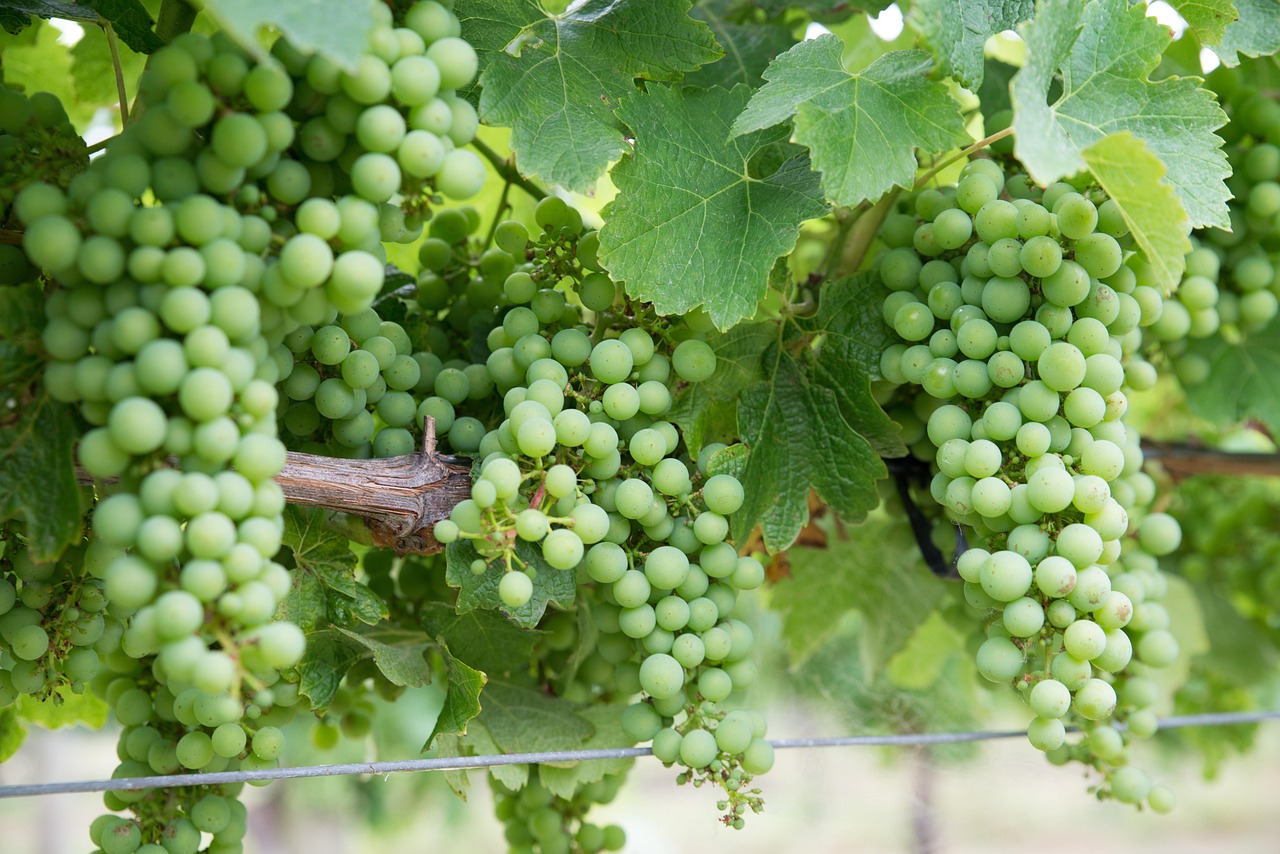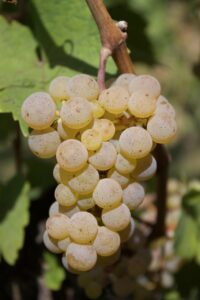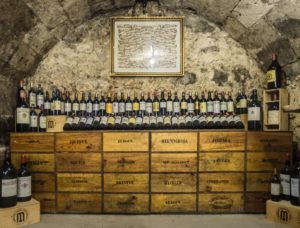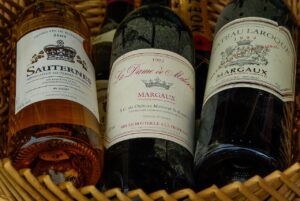Chardonnay is one of the most versatile and widely planted white grape varieties in the world. As a WSET Level 2 student, you’ll encounter Chardonnay in a variety of climates, styles, and regions, making it essential to understand its global identity.
In this blog, we’ll break down what you need to know about Chardonnay for the WSET Level 2 exam, including grape characteristics, key regions, and wine styles.
What Is Chardonnay?
Chardonnay is a green-skinned grape variety that can adapt to many climates and winemaking techniques. It’s often referred to as a “winemaker’s grape” because it allows so much stylistic freedom—from crisp, citrusy whites to rich, buttery wines aged in oak.
Key Characteristics of Chardonnay
Acidity: Medium to high, depending on climate
Body: Medium to full
Flavors:
Cool climate: Green apple, pear, citrus
Moderate climate: Peach, melon
Warm climate: Tropical fruit (pineapple, mango)
Other notes: Chardonnay often shows vanilla, toast, and butter if aged in oak or matured on lees.
Major Wine Regions for Chardonnay (WSET Level 2)
🇫🇷 France – Burgundy
The spiritual home of Chardonnay
Chablis (cool climate): High acidity, lean, mineral-driven, often unoaked
Côte d’Or (moderate climate): More body and richness, often with oak influence
Mâconnais (southern Burgundy): Riper fruit, sometimes oaked but lighter in price and style
🇦🇺 Australia
Yarra Valley, Adelaide Hills, Margaret River
Cooler regions offer refined styles with fresh fruit and balanced oak
Often shows a mix of tropical fruit and subtle oak flavors
🇺🇸 California
Especially Napa Valley and Sonoma
Rich, full-bodied, with tropical fruit, vanilla, and buttery notes
Often heavily oaked, but more balanced styles are emerging
🌎 Other Key Regions
Chile: Casablanca and Limarí Valleys – fresh, citrusy styles
South Africa: Walker Bay and Elgin – high-quality examples with freshness and oak
New Zealand: Marlborough – vibrant acidity and citrus/tropical fruit balance
Oaked vs Unoaked Chardonnay
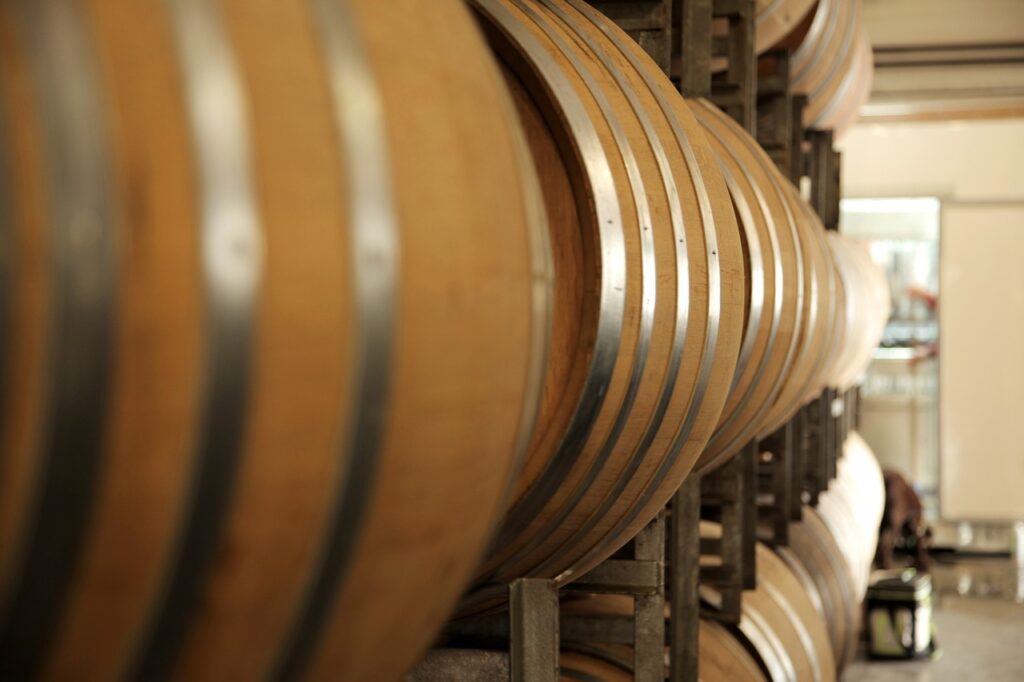
WSET Level 2 students should understand the impact of oak aging:
Oaked Chardonnay: Fuller body, flavors of toast, vanilla, butter
Unoaked Chardonnay: Crisper, purer fruit character, higher acidity
Lees stirring (sur lie aging) and malolactic conversion also contribute to flavor and texture—think creamy or buttery sensations.
Why Chardonnay Matters for WSET Level 2
Chardonnay is a textbook example for learning:
How climate affects wine style
The effects of oak and winemaking techniques
Label terminology, such as Chablis AOC or Chardonnay IGP
It helps build a global perspective and strengthens your ability to compare styles across regions.
Conclusion
From steely Chablis to creamy Napa Valley Chardonnay, this grape covers the full spectrum of white wine. For WSET Level 2 students, learning Chardonnay is key to understanding varietal expression, winemaking choices, and regional influence.
Explore, taste, and compare—you’ll be amazed at how one grape can tell so many stories.

